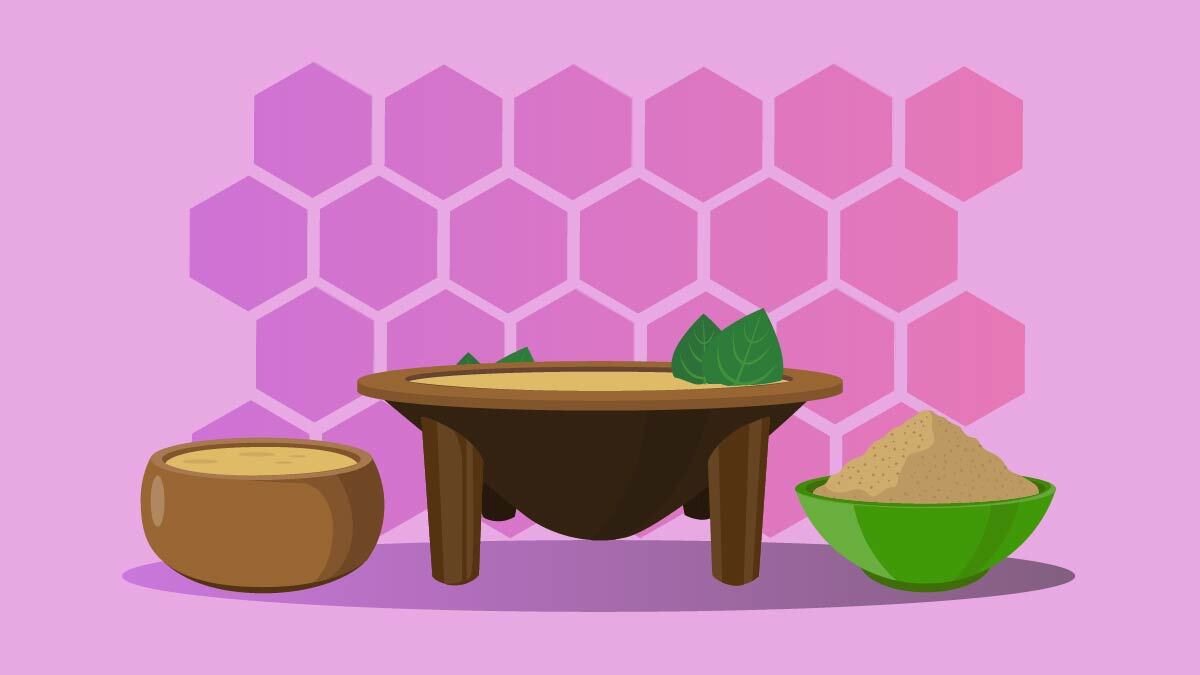Making kava can be as simple or ritualistic as you’d like.
Some people prefer to drop a couple of scoops of instant kava into a cup of hot water and be done with it; others enjoy mixing and drinking kava the traditional way.
You’ll need a few simple objects to start if you’re in the latter group.
You’ll need a strainer to filter the raw plant materials, a cup to drink your kava, and some sort of mixing vessel (the kava bowl).
Kava bowls (called a tanoa) come in all different styles and sizes. They can be as simple as a plastic container or elegant as a traditional carved Fijian tanoa.
What is a Kava Bowl?
A kava bowl is a vessel used to prepare and sometimes drink kava.
There are many different styles of kava bowls, but they all follow the same general principles:
- They’re shallow, rarely exceeding 6 inches deep
- They sit on three or more cylindrical legs
- They’re usually made of either hardwood or clay
The details, including the name of the bowl, the number of legs it has, and the style of carvings, differ depending on the culture.
In some cultures, the more legs a kava bowl has, the fancier it is. You can find some ceremonial bowls with as many as 24 legs, but the simplest have just three or four.
Different parts of the world have different names for kava bowls. In Fiji and Samoa, they’re called tanoas; other parts of Oceana call them Laulau — but they’re all used for the same thing.
What Are Kava Bowls Made Of?
Kava bowls can be made of either wood or clay. Older bowls in Fiji were usually clay, but it’s more common to find wooden ones these days.
Any wood can be used, but the best kava bowls are made of hardwood. Different species of hardwood trees grow on various Pacific islands, so whatever is available locally is usually what’s used.
Kava bowls are carved out of a single piece of hardwood, which is then soaked for a few days to remove the woody flavor.
Kava Bowl Styles
There are many different styles of kava bowls. Old kava bowls were very simple — usually consisting of a three-legged design and some simple hand carvings along the side.
As more people became interested in kava, and tourists started buying kava tanoas on their trips to Oceanic countries, the style of the kava bowl was given an upgrade.
Today, kava bowls are just as much a piece of art as they are a functional kava preparation vessel.
Here are some of the many different styles of kava tanoas or kava bowls:
Traditional Fijian Kava Bowls
Fijian ‘yaqona’ bowls generally feature 5 or 6 legs and are made from local Fijian hardwood tree species such as Agathis macrophylla (Fijian Kauri) or Intsia bijuga (Vesi wood). Older bowls were formed out of clay or formed from stone.
You’ll often find these tanoas decorated with shells and a natural fiber cord used to hang the bowl when not in use.
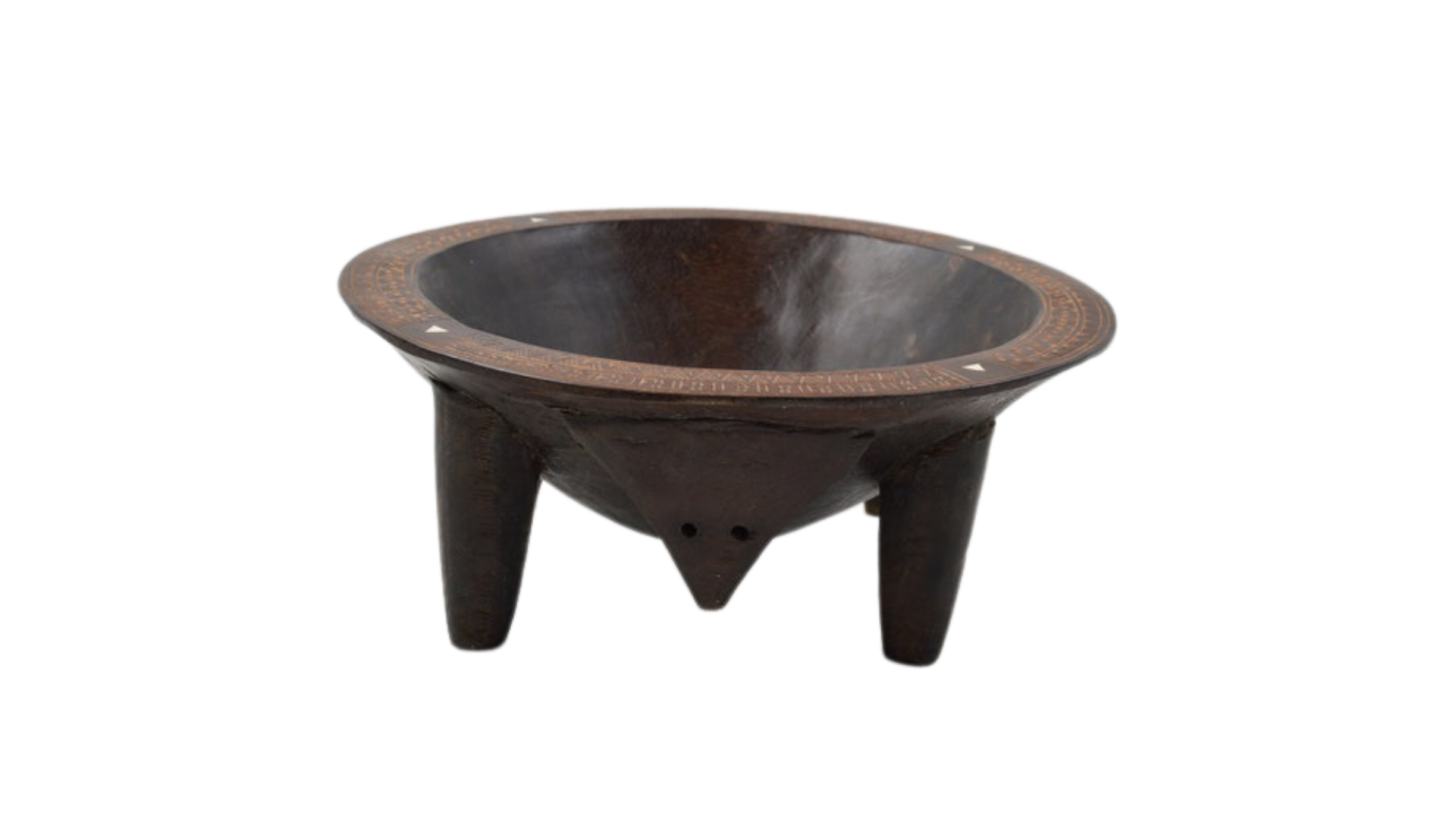
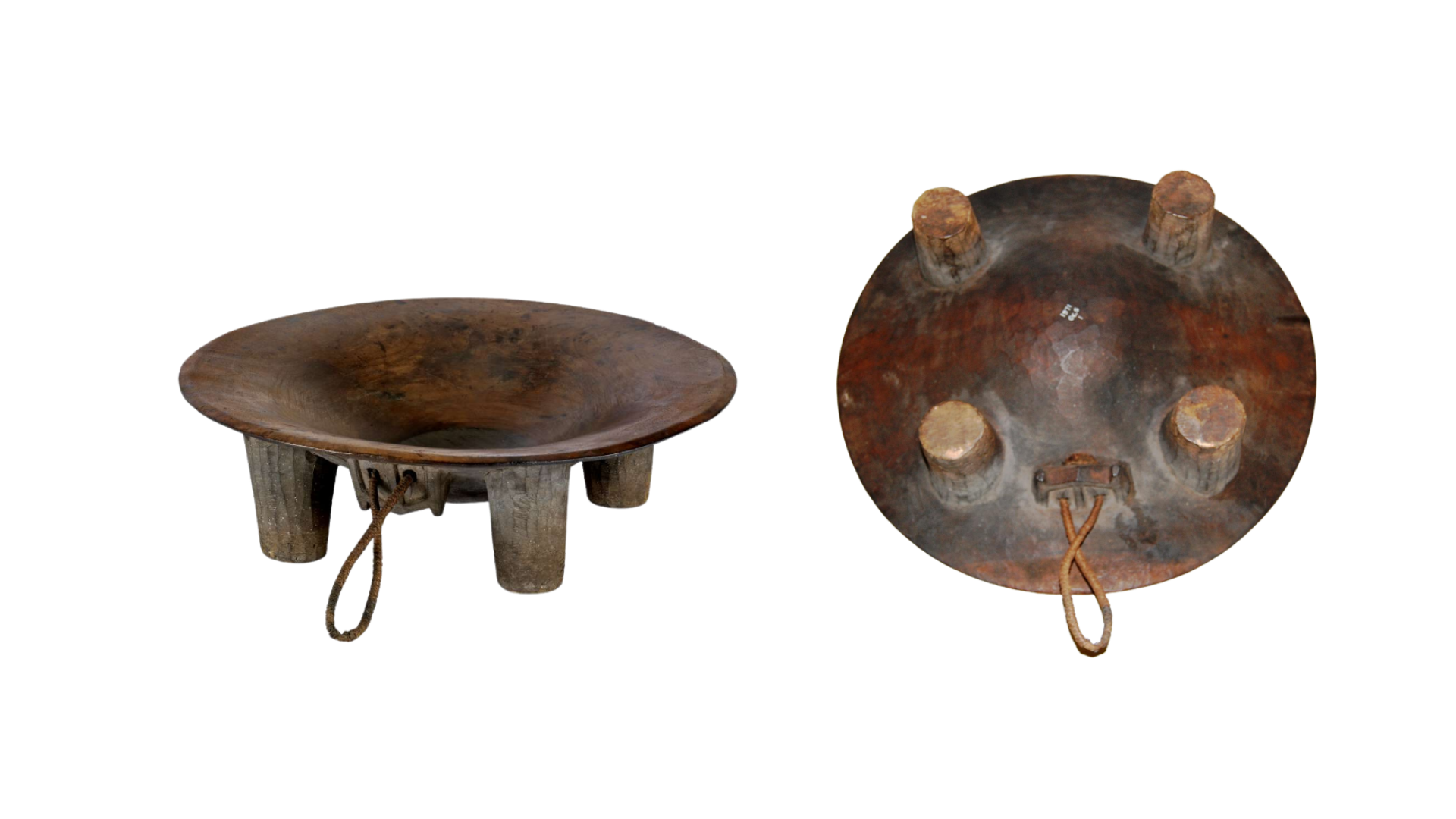
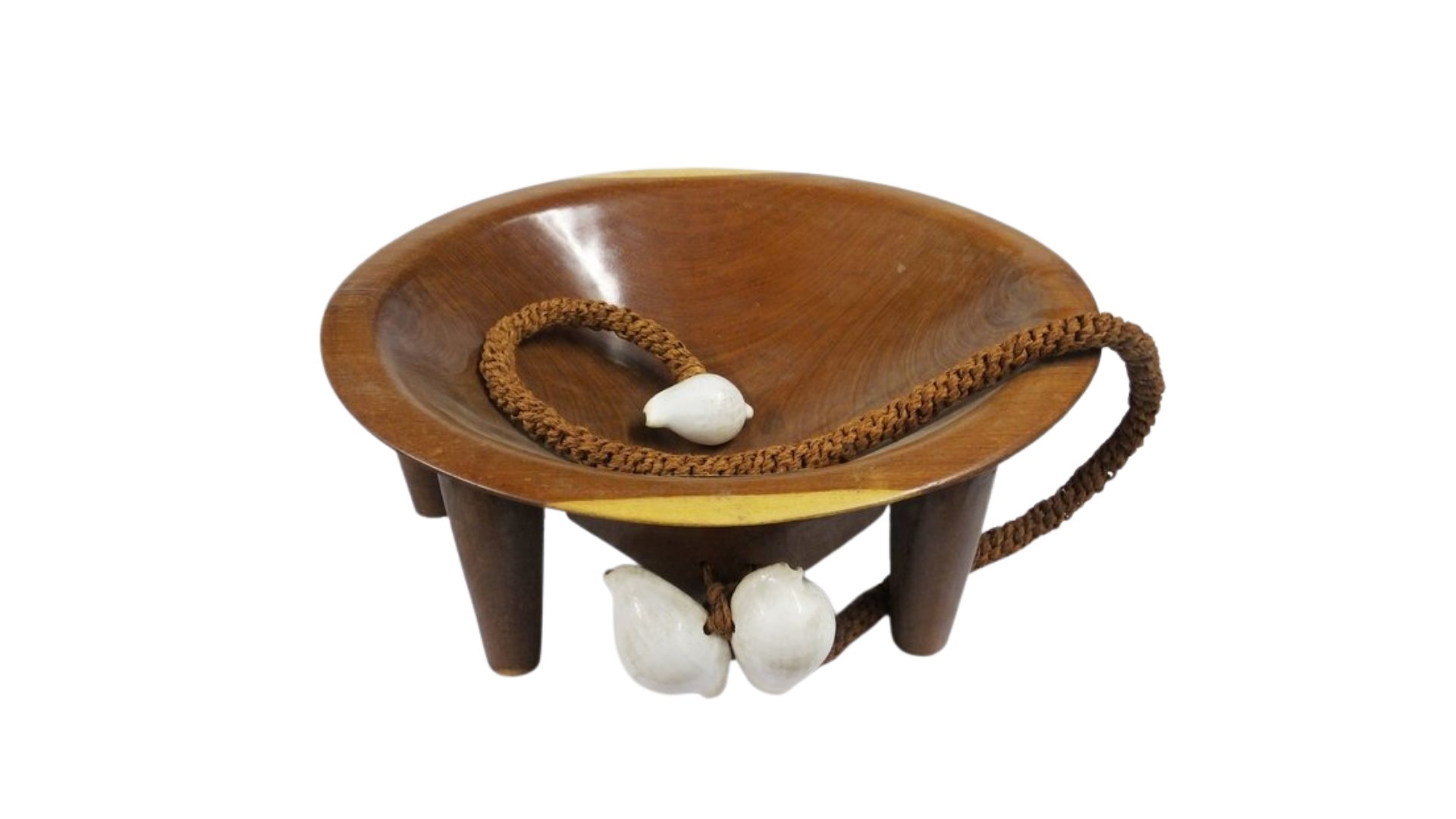
Traditional Samoan Kava Bowls
It’s common to find kava bowls with more than ten legs in Samoa. The more legs the bowl has, the more intricate its construction — and therefore, the higher the value.
You can find both round and oval Samoan ‘ava bowls. They’re often decorated with Samoan-styled carvings that have been blackened to make them stand out.
The best vendor for authentic Samoan wooden ‘ava bowls is an Etsy vendor by the name of LeTanoaSamoa.
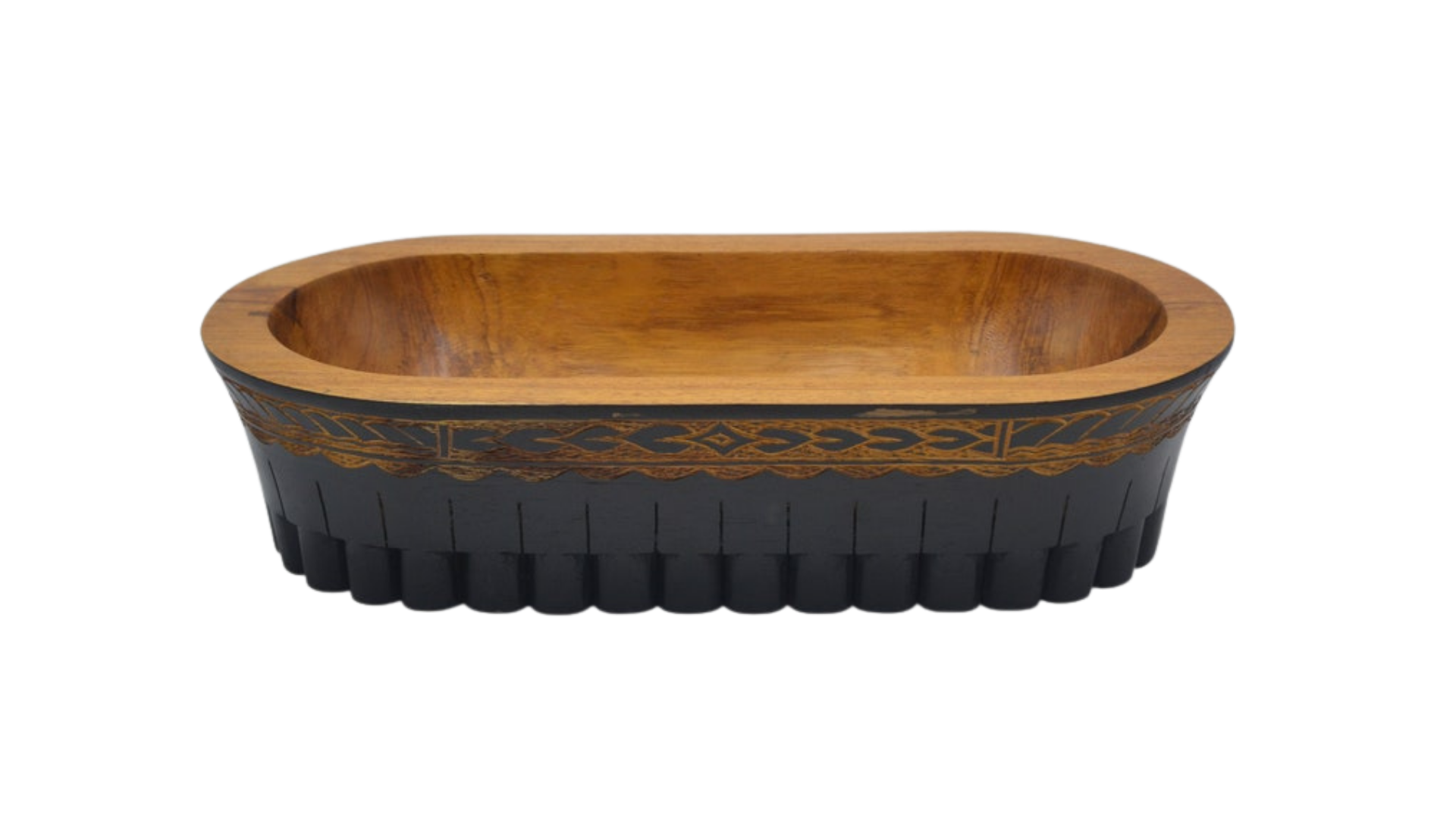
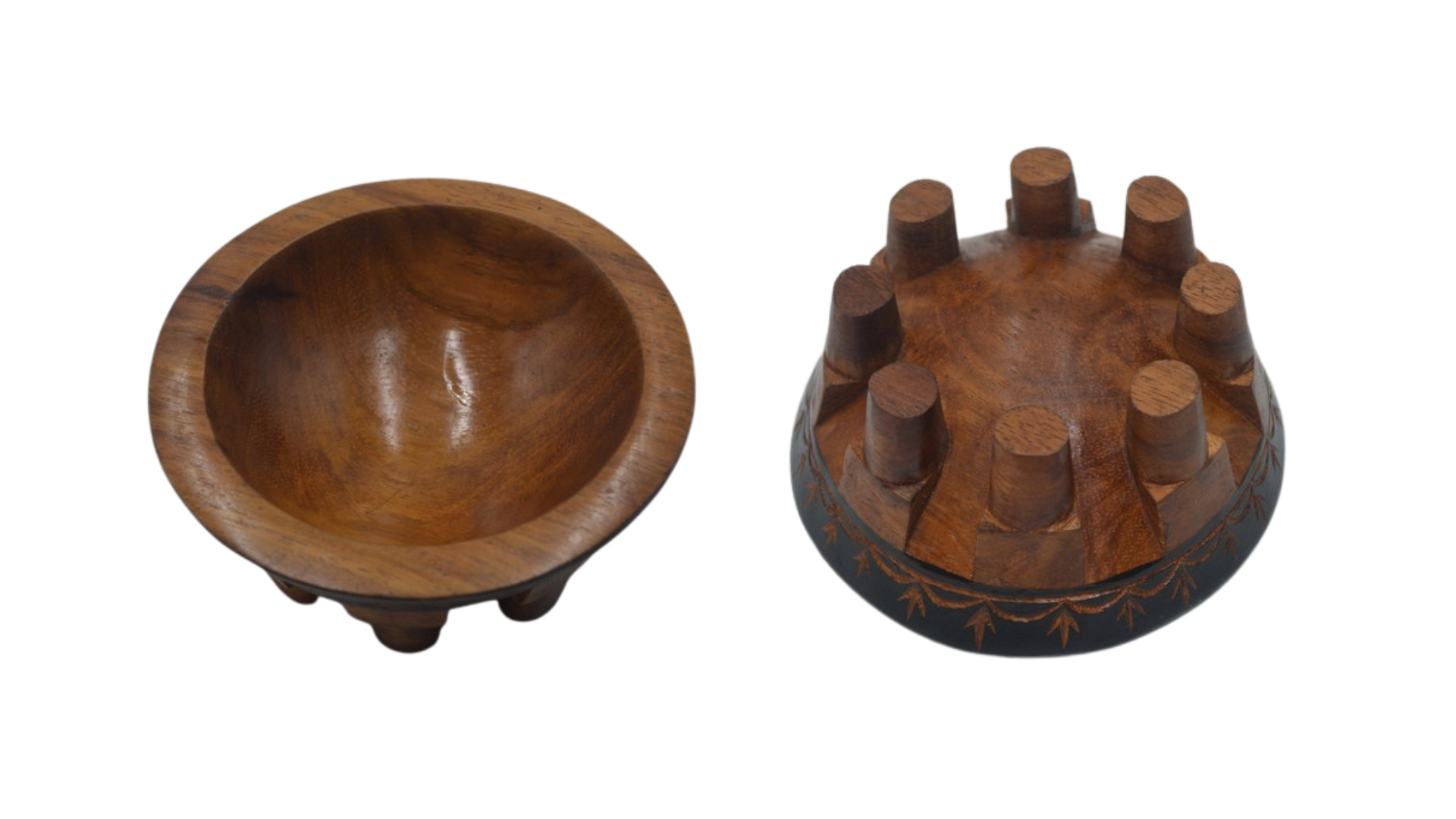
Modern Kava Bowls
Unless you want a true, authentic wooden kava bowl from Fiji or Samoa (which can be very pricey), you may want to check out some of the alternative “modern” bowls instead.
Any bowl can be used to make kava — most people just use a large metal or plastic salad bowl. You can also use a plastic tub or skip the bowl entirely and mix your kava in a blender or AluBall.
However, there’s something special about using a dedicated bowl to mix your kava. It’s part of the ritual and makes the whole process more enjoyable.
The best bowl for you depends entirely on your individual preferences and budget.
Here are a few examples of some modern kava bowl styles:
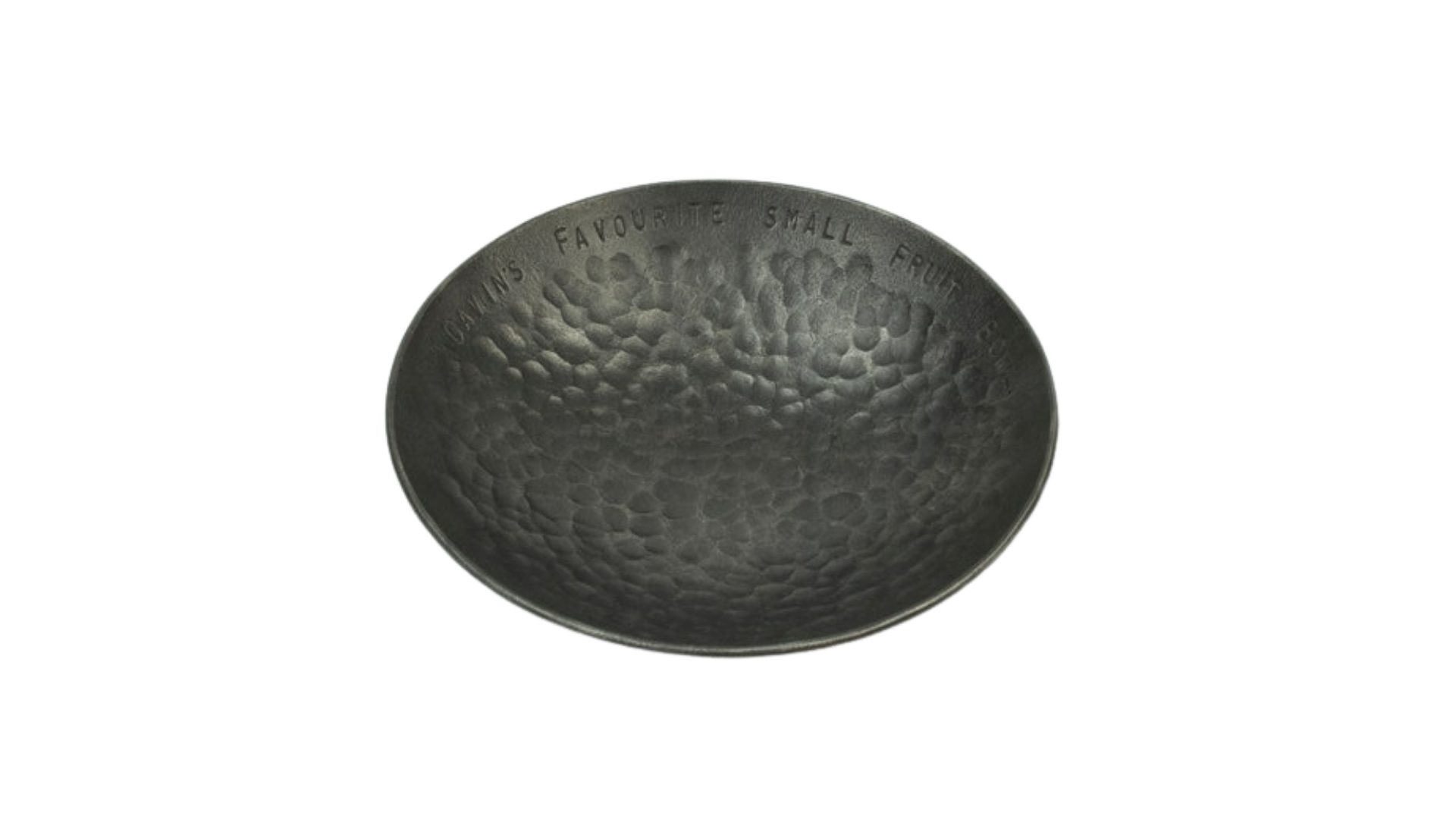
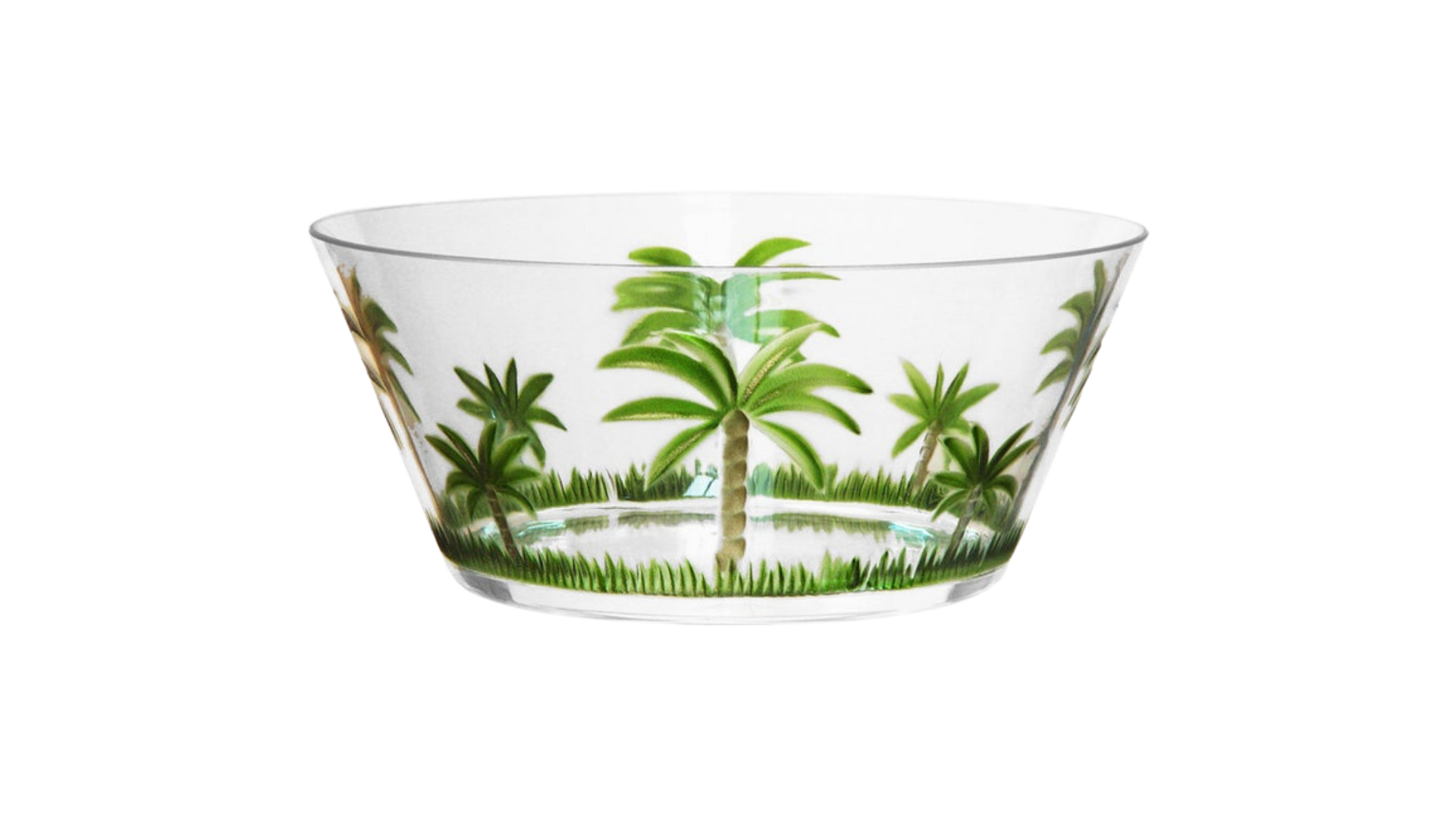
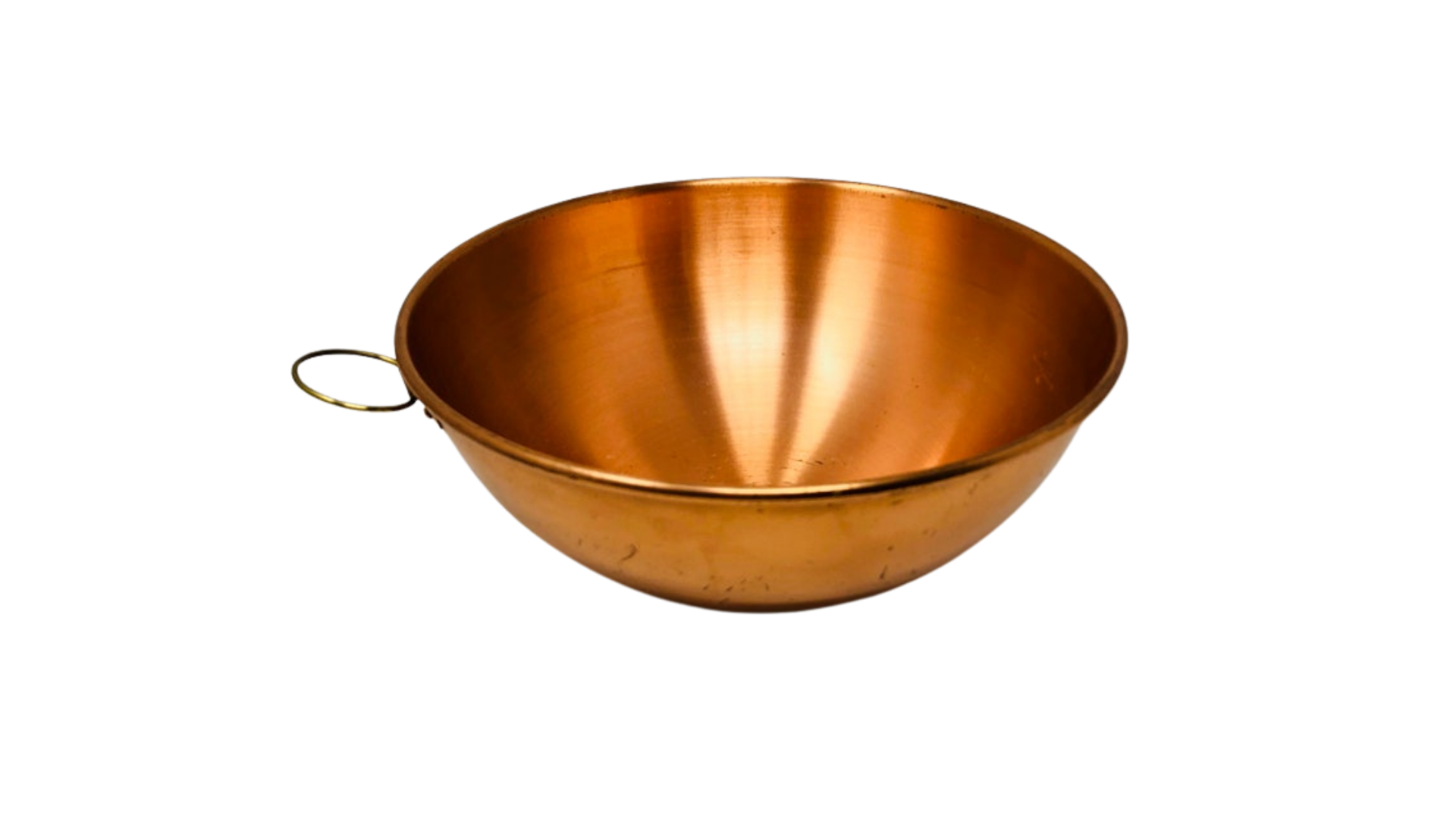

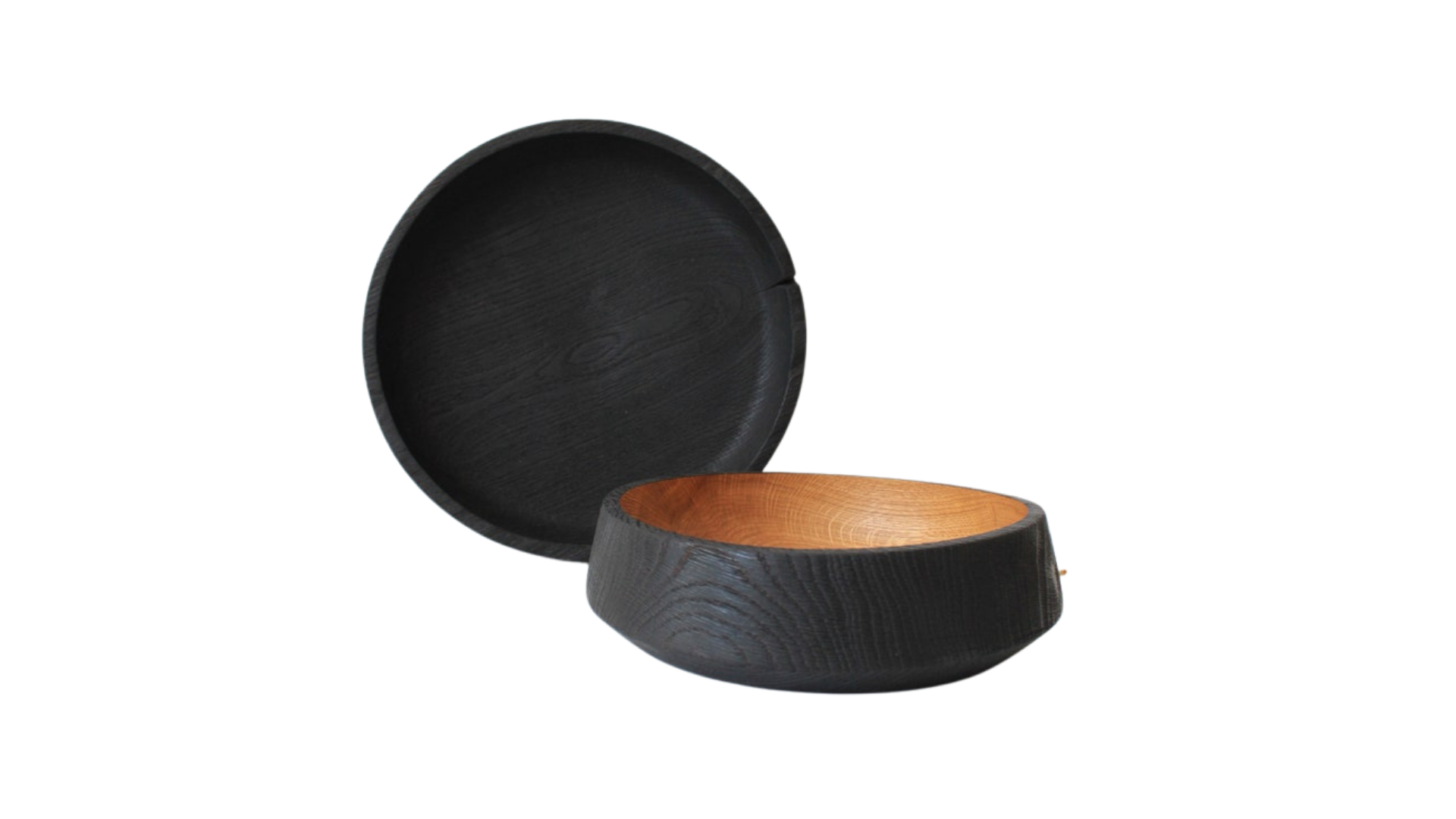
Realistically, any bowl will work. If you’re on a budget, just grab a plastic salad bowl and call it a day.
If you’d like to add a nice touch to your kava ritual, pick yourself up a nice tanoa — anything that speaks to you is going to work just fine.
Where to Buy A Traditional Kava Bowl
Some kava vendors sell tanoas — such as Kalm With Kava and Kavafied.
You can also pick up some really nice handcrafted traditional tanoas on places like Etsy.
Feel free to use any bowls you find to make your kava. Good places to check out are vintage shops, pottery shops, or art shows and markets.
Beyond The Bowl: Other Kava Tools You’ll Need
The bowl is the vessel that holds the kava while you mix it, but there are a few other things you’ll need to use it properly.
A) Kava Strainer
Kava roots are very fibrous and need to be filtered out of the water before you drink it.
Traditionally, filters were made from coconuts, reeds, tree ferns, or other porous materials.
Today, kava is made using a kava strainer — which consists of a nylon or muslin bag.
Kava is poured directly into the strainer and mixed around in the kava bowl directly. You need to agitate the kava constantly by squeezing and mashing the strainer for about 10 minutes. The strainer needs to be made of a strong material to withstand the abuse a good kava preparation demands.
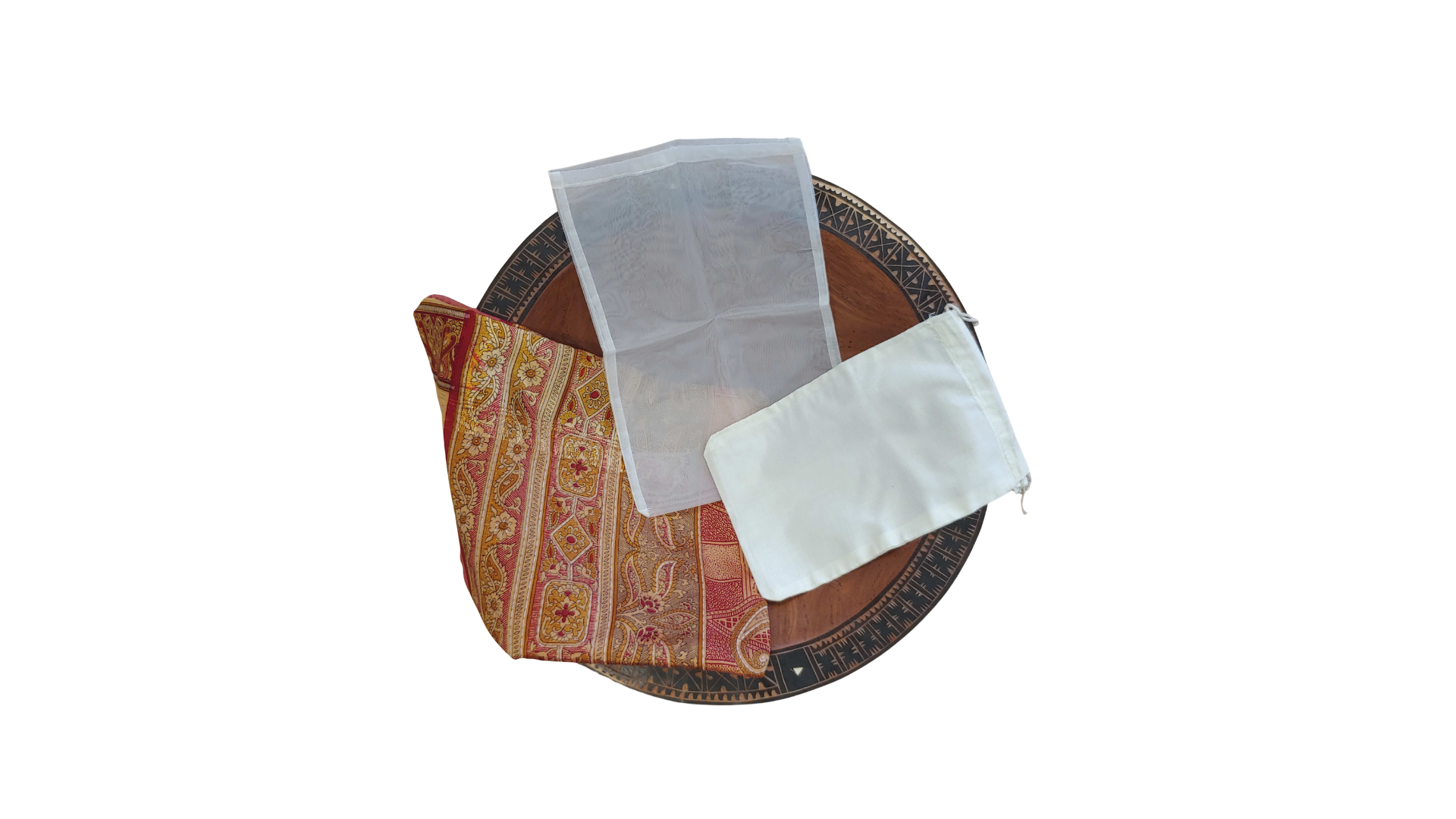
B) Kava Cups (Bilo)
Once the kava is ready, you’ll need a cup to drink it from.
Some cultures would drink from the tanoa directly, but most will use a small cup made from dried coconuts instead (called a bilo).
You can use any cup for this, but if you want to stick to tradition, you can pick up some nice authentic coconut shell cups for cheap.
The kava is scooped up directly using the cup and consumed in one quick chug.
The proper etiquette is to clap first, yell “bula!” and then down the whole cup. Finish off with another couple of claps and then pass the bowl on to the next person in line.

Key Takeaways: Do I Need a Kava Bowl?
You don’t need a special kava bowl to make kava — any container that can hold water is sufficient. The most common vessel people use to make kava is a simple plastic or stainless steel salad bowl.
However, using a dedicated kava bowl to mix your kava adds a layer of authenticity to the ritual.
For many people, the whole point of kava is to kick back and relax.
This could involve socializing with friends and family or simply unplugging yourself from your phone or computer for a few hours while you just kick back with a bowl of kava and be with your thoughts.
The ritual aspect of kava, when used in this way, is just as important as the kava itself. Anything you can do to get yourself into the meditation mindset is going to do nothing but facilitate the experience.
Over time, your body will learn to recognize that once the bowl is out and you begin making kava, it’s time to relax and stop stressing about things you can’t control.
